Scientists still don’t know how microplastics impact human health, but they do have ideas for stopping their spread.
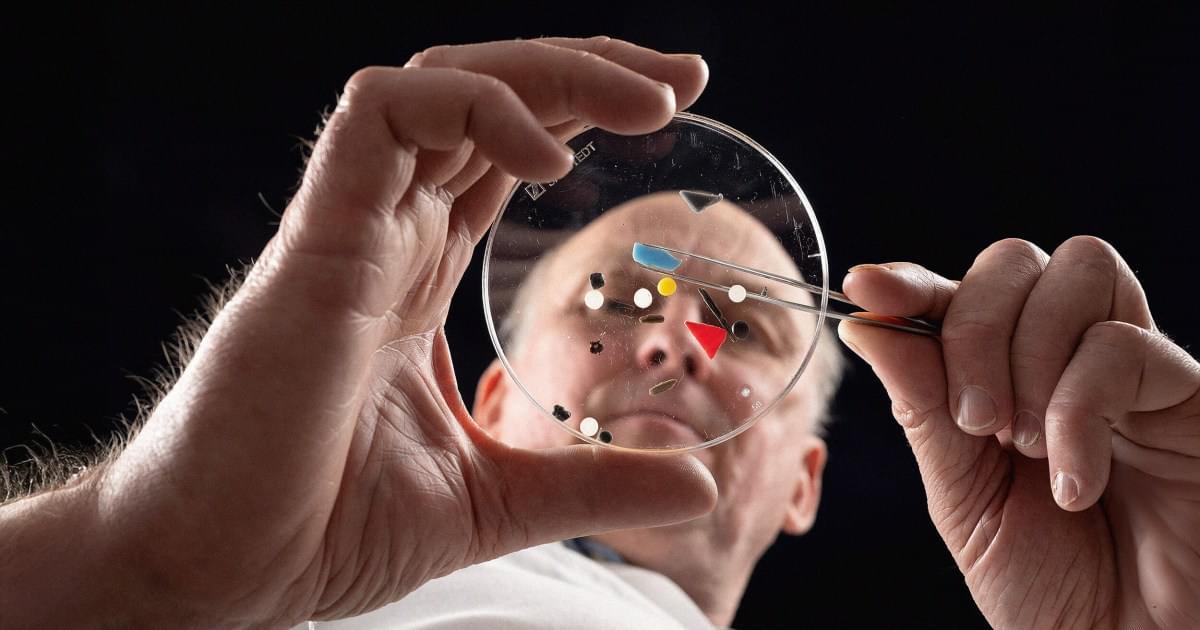

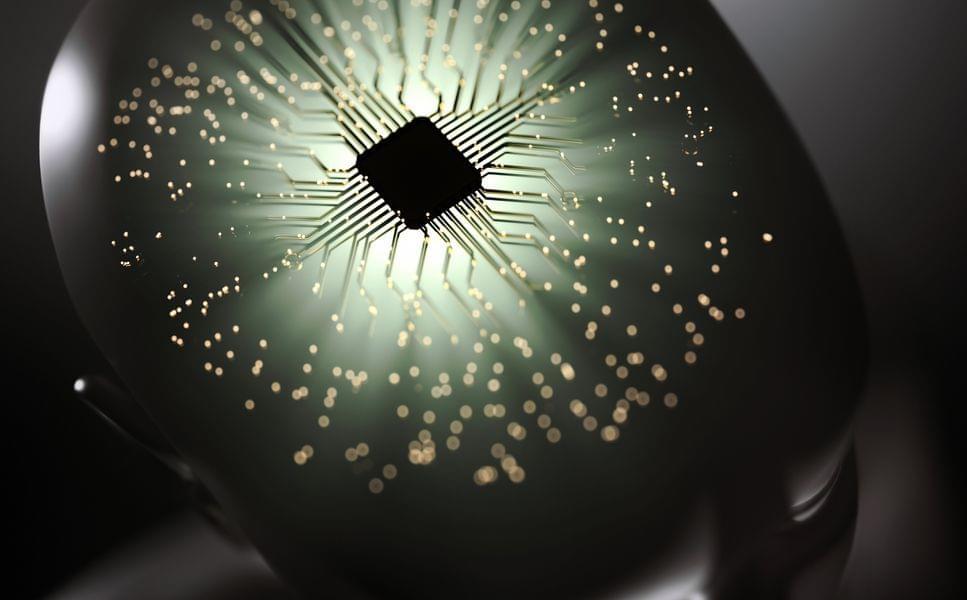
Despite its success, FNP has some limitations: it can’t create stable particles larger than 400 nm, the maximum drug content is about 70 percent, the output is low, and it can only work with very hydrophobic (water-repelling) molecules. These issues arise because the particle core formation and particle stabilization happen simultaneously in FNP. The new SNaP process overcomes these limitations by separating the core formation and stabilization steps.
In the SNaP process, there are two mixing steps. First, the core components are mixed with water to start forming the particle core. Then, a stabilizing agent is added to stop the core growth and stabilize the particles. This second step must happen quickly, less than a few milliseconds after the first step, to control the particle size and prevent aggregation. Current SNaP setups connect two specialized mixers in series, controlling the delay time between steps. However, these setups face challenges, including high costs and difficulties in achieving short delay times needed for small particle formation.
A new approach using 3D printing has solved many of these challenges. Advances in 3D printing technology now allow the creation of precise, narrow channels needed for these mixers. The new design eliminates the need for external tubing between steps, allowing for shorter delay times and preventing leaks. The innovative stacked mixer design combines two mixers into a single setup, making the process more efficient and user-friendly.
Shanghai’s robotics revolution is here! At a cutting-edge startup, humanoid robots are being trained to navigate the real world-learning tasks from sorting objects to taking coffee. But how does Al collect and refine the data that powers these machines? We got access to a 2,000-square-meter data factory, where robots are trained through motion capture, human guidance, and real-world simulations. With China’s tech and supply chain advantages, could these humanoids become part of our daily lives sooner than we think? #HumanoidRobots #Al #FutureTech.
__________________
ShanghaiEye focuses on producing top-quality contents.
Nobody knows SHANGHAI better than us.
Please subscribe to us ☻☻☻
__________________
For more stories, please click.
■ What’s up today in Shanghai, the most updated news of the city.
• Playlist.
■ Amazing Shanghai, exploring the unknown corners of the city, learning the people, food and stories behind them.
• Amazing Shanghai and China 淘宝魔都玩转中国
■ What Chinese people’s lives are like during the post COVID-19 period.
• COVID-19 新冠疫情
■ Views of foreign scholars on China and its affairs.
• Voices, Let’s Listen! 听她他说
■ Foreign faces in Shanghai, people living in this city sharing their true feelings.
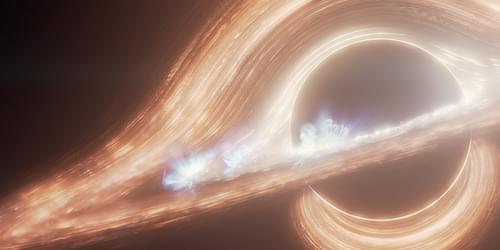
Variability in the brightness of Sagittarius A* (Sgr A•, the black hole at the center of the Milky Way, could emerge through synchrotron radiation emitted by electrons accelerated by the supermassive black hole’s accretion disk [1]. That is the finding of a team of astronomers led by Farhad Yusef-Zadeh at Northwestern University, Illinois. The researchers hope that their results could lead to deeper insights into the distinctive flaring patterns in the material that surrounds many black holes.
Weighing in at just over 4 million solar masses, Sgr A* is a supermassive black hole, which is fueled by the material it draws in from interstellar space. Since it is both relatively close by and vastly more massive than any other body in the Galaxy, Sgr A* provides astronomers with an ideal opportunity to study how fueling material is irradiated, captured, accreted, and ejected by a black hole. In particular, astronomers have identified short outbursts, or flares, in the near-infrared (NIR) emission from infalling material. In many cases, radiation at this frequency is a key tracer of flow dynamics within a black hole’s inner accretion disk and can hint at the mechanisms driving those flows.
Yusef-Zadeh’s team observed these flares several times between 2023 and 2024 using the NIR instrument aboard the JWST observatory. This instrument allowed the team to observe Sgr A* at two different NIR frequencies, which enabled the researchers to study both the time variability of the flares and their energy distribution.

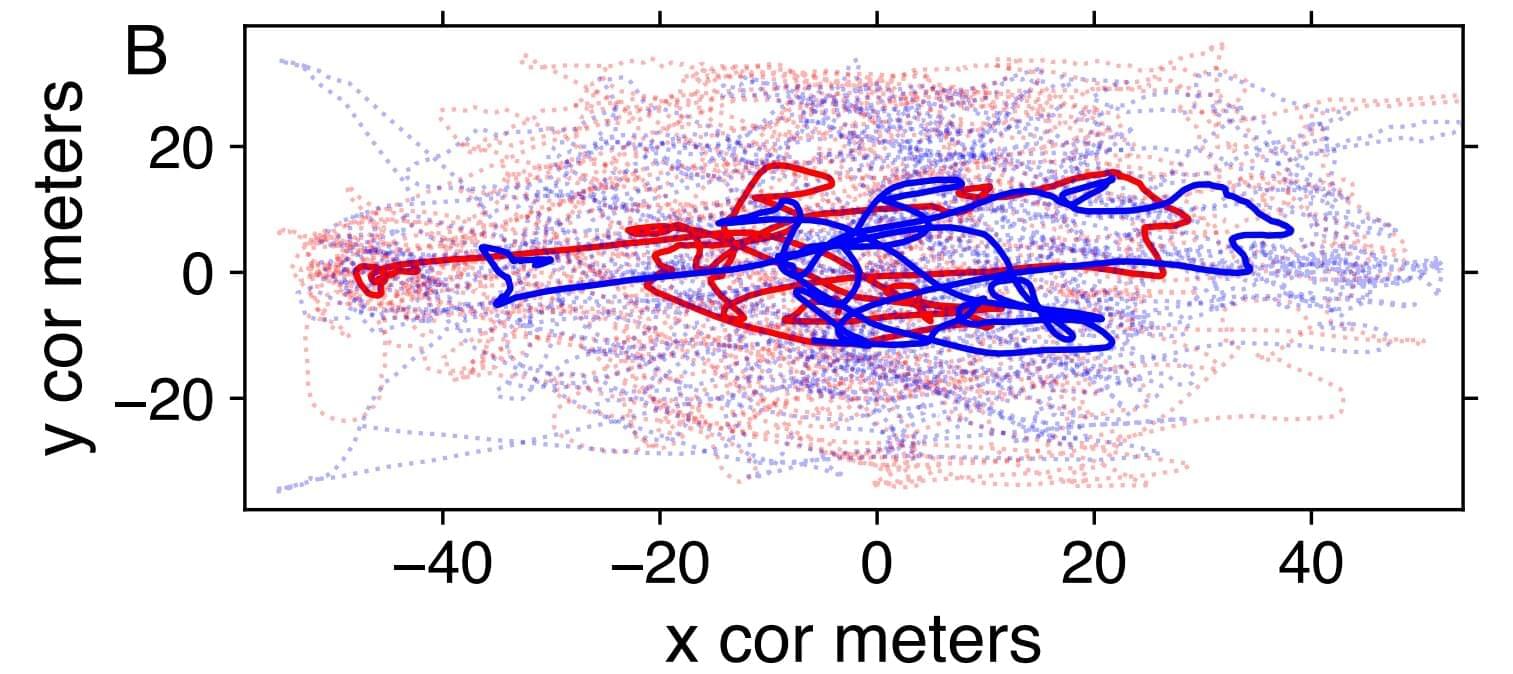
What do albatrosses searching for food, stock market fluctuations, and the dispersal patterns of seeds in the wind have in common?
They all exhibit a type of movement pattern called Lévy walk, which is characterized by a flurry of short, localized movements interspersed with occasional, long leaps. For living organisms, this is an optimal strategy for balancing the exploitation of nearby resources with the exploration of new opportunities when the distribution of resources is sparse and unknown.
Originally described in the context of particles drifting through liquid, Lévy walk has been found to accurately describe a very wide range of phenomena, from cold atom dynamics to swarming bacteria. And now, a study published in Complexity has for the first time found Lévy walk in the movements of competing groups of organisms: soccer teams.
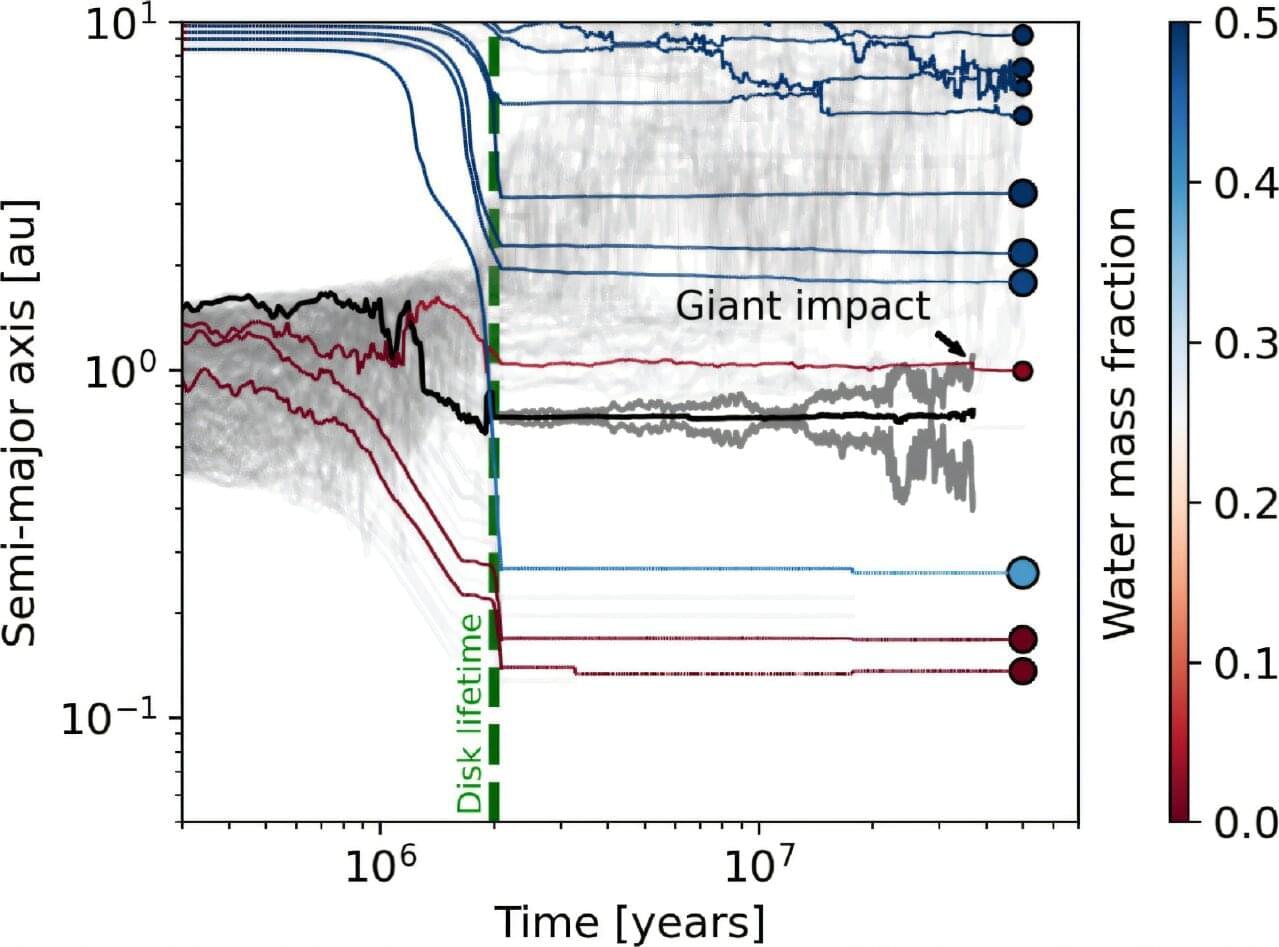
A new study by Rice University researchers Sho Shibata and Andre Izidoro presents a compelling new model for the formation of super-Earths and mini-Neptunes—planets that are 1 to 4 times the size of Earth and among the most common in our galaxy. Using advanced simulations, the researchers propose that these planets emerge from distinct rings of planetesimals, providing fresh insight into planetary evolution beyond our solar system. The findings were recently published in The Astrophysical Journal Letters.
For decades, scientists have debated how super-Earths and mini-Neptunes form. Traditional models have suggested that planetesimals—the tiny building blocks of planets—formed across wide regions of a young star’s disk. But Shibata and Izidoro suggest a different theory: These materials likely come together in narrow rings at specific locations in the disk, making planet formation more organized than previously believed.
“This paper is particularly significant as it models the formation of super-Earths and mini-Neptunes, which are believed to be the most common types of planets in the galaxy,” said Shibata, a postdoctoral fellow of Earth, environmental and planetary sciences. “One of our key findings is that the formation pathways of the solar system and exoplanetary systems may share fundamental similarities.”
Astronomers have revealed new evidence that not just one, but four tiny planets are circling around Barnard’s Star, the second-nearest star system to Earth.
The four planets, each only about 20 to 30% the mass of Earth, are so close to their home star that they zip around the entire star in a matter of days. That probably means they are too hot to be habitable, but the find is a new benchmark for discovering smaller planets around nearby stars.
The resulting paper is published in The Astrophysical Journal Letters.
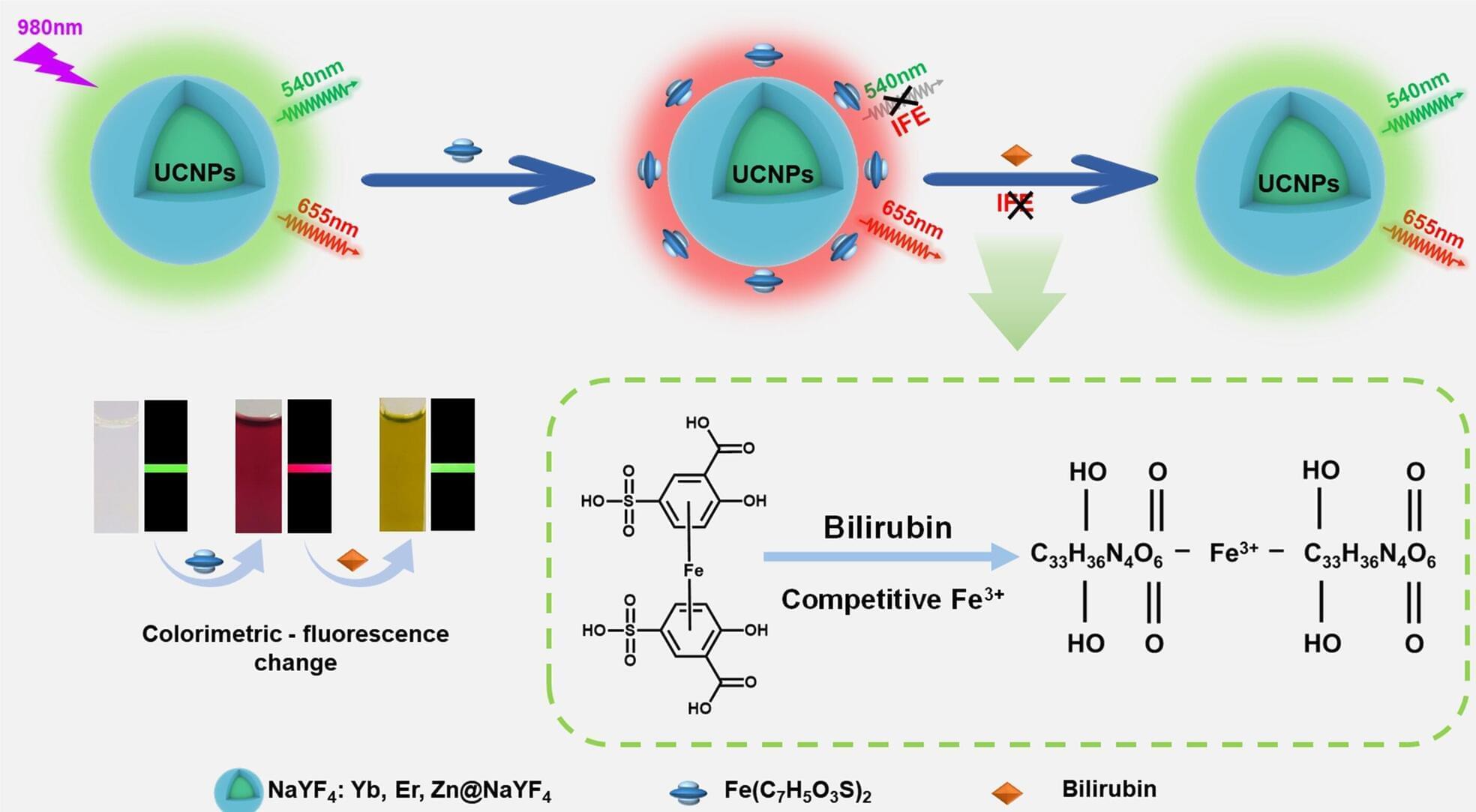
A research team led by Prof. Jiang Changlong from the Hefei Institutes of Physical Science of the Chinese Academy of Sciences has developed an innovative dual-mode sensing platform using upconversion nanoparticles (UCNPs). This platform integrates fluorescence and colorimetric methods, offering a highly sensitive and low-detection-limit solution for bilirubin detection in complex biological samples.
The findings, published in Analytical Chemistry, offer a new technological approach for the early diagnosis of jaundice.
Jaundice is a critical health issue in neonates, affecting 60% of newborns and contributing to early neonatal mortality. Elevated free bilirubin levels indicate jaundice, with healthy levels ranging from 1.7 μM to 10.2 μM in healthy individuals. Concentrations below 32 μM typically don’t show classic symptoms. Rapid and accurate detection of bilirubin in neonates is critical.
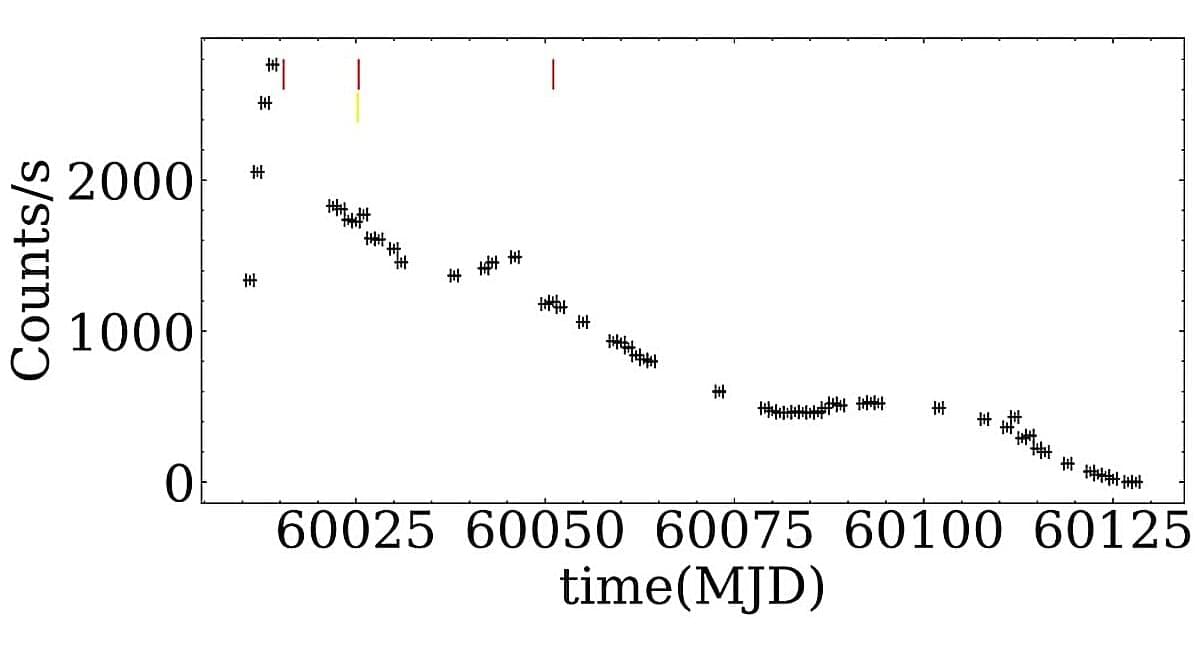
Chinese astronomers investigated the spectral and temporal properties of a black hole X-ray binary system known as SLX 1746-331, during its recent outburst. Results of the study, published in The Astrophysical Journal Letters, could help us better understand the nature of this system and its behavior.
X-ray binaries are composed of a normal star or a white dwarf transferring mass onto a compact neutron star or a black hole. Based on the mass of the companion star, astronomers divide them into low-mass X-ray binaries (LMXBs) and high-mass X-ray binaries (HMXBs).
SLX 1746-331 is a transient black hole LMXB at a distance of about 35,200 light years, discovered in 1985. After a 13-year-long period of quiescence, it entered an outburst in 2023, which peaked on March 14.